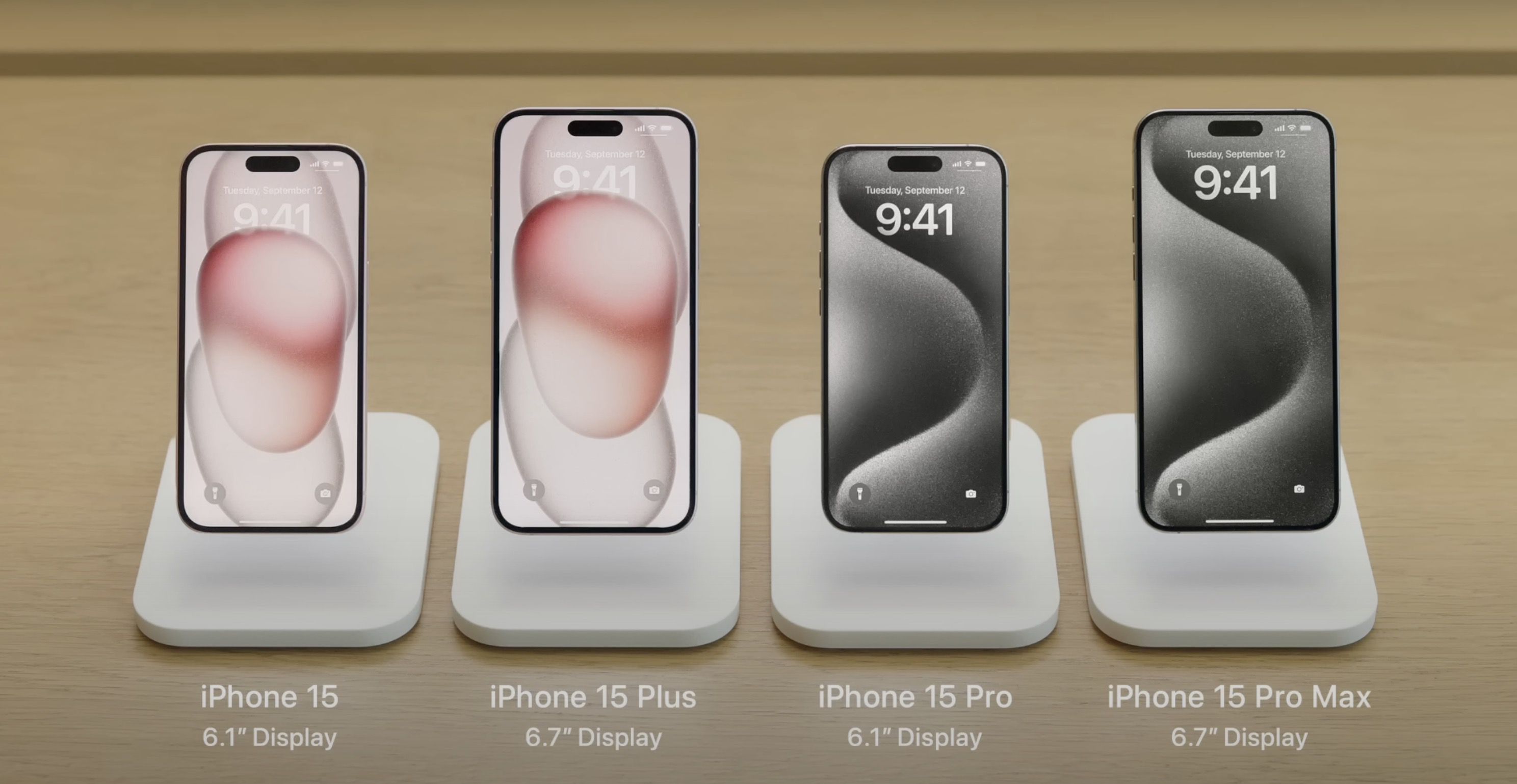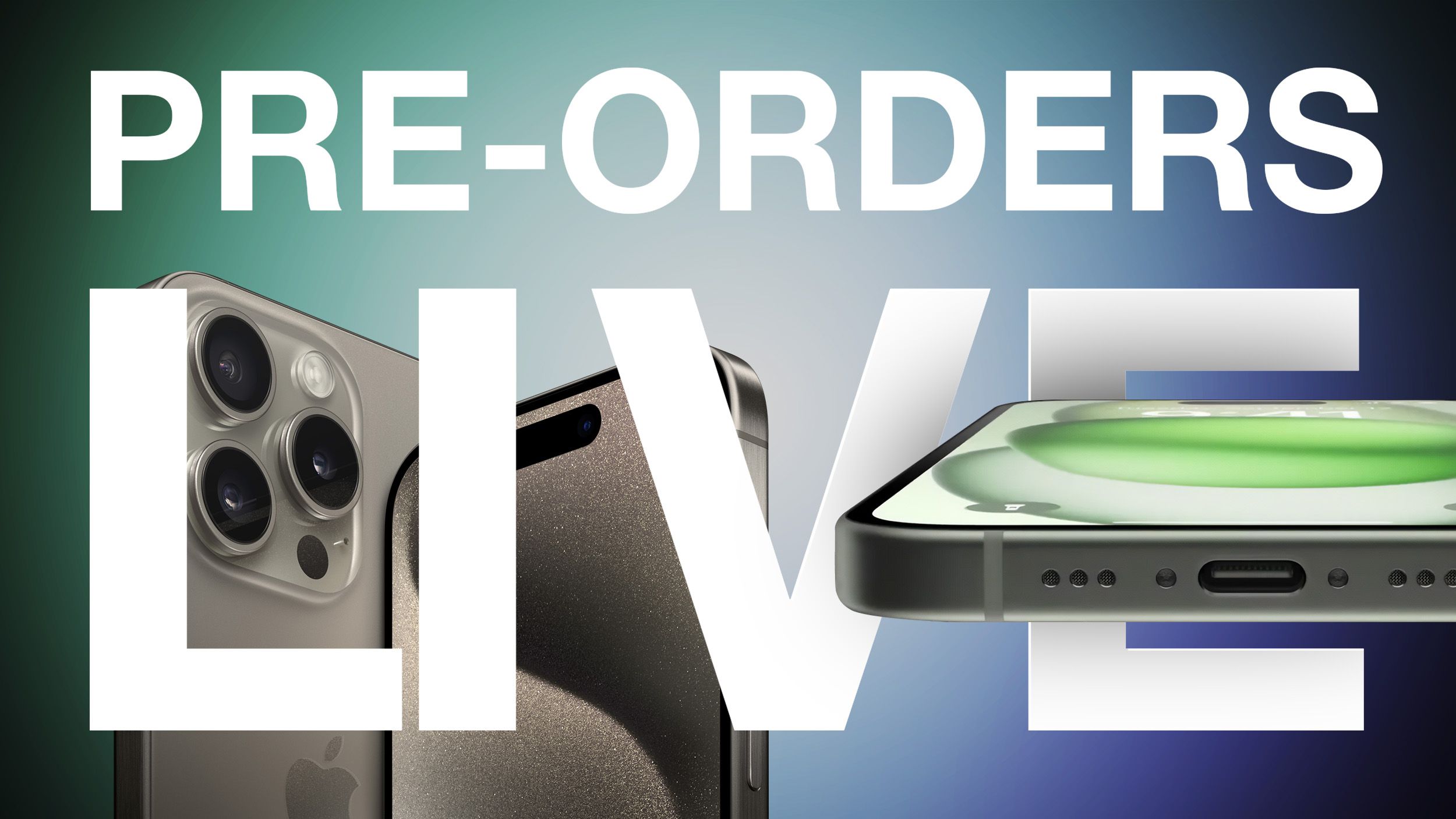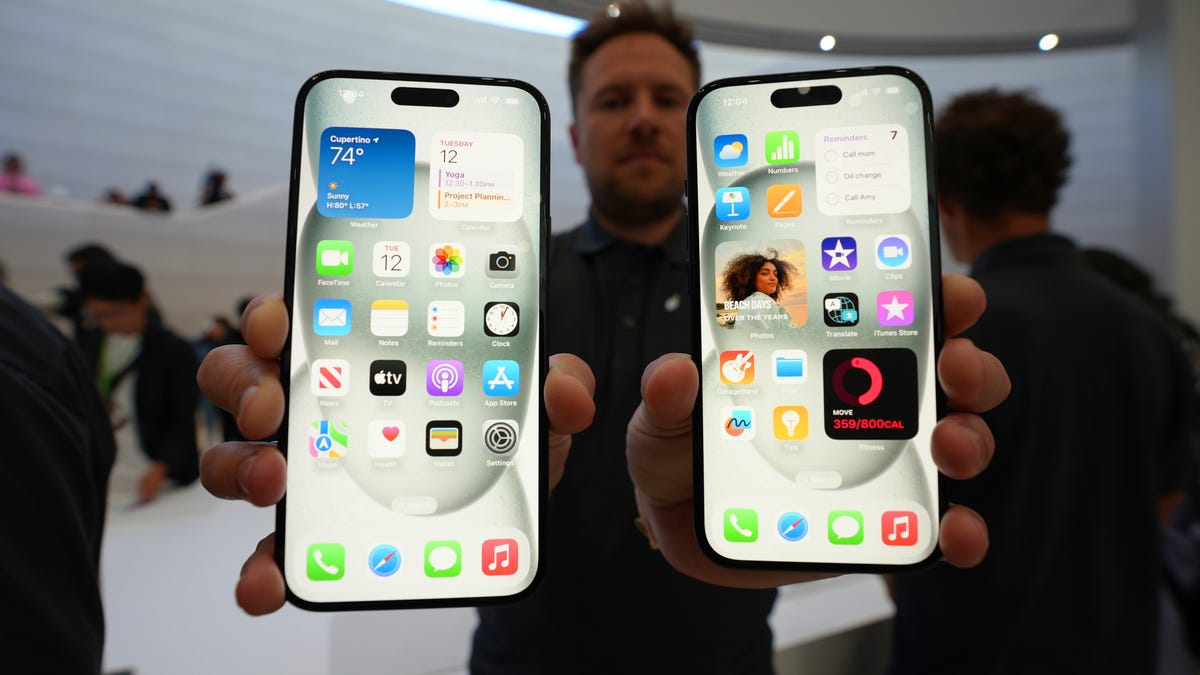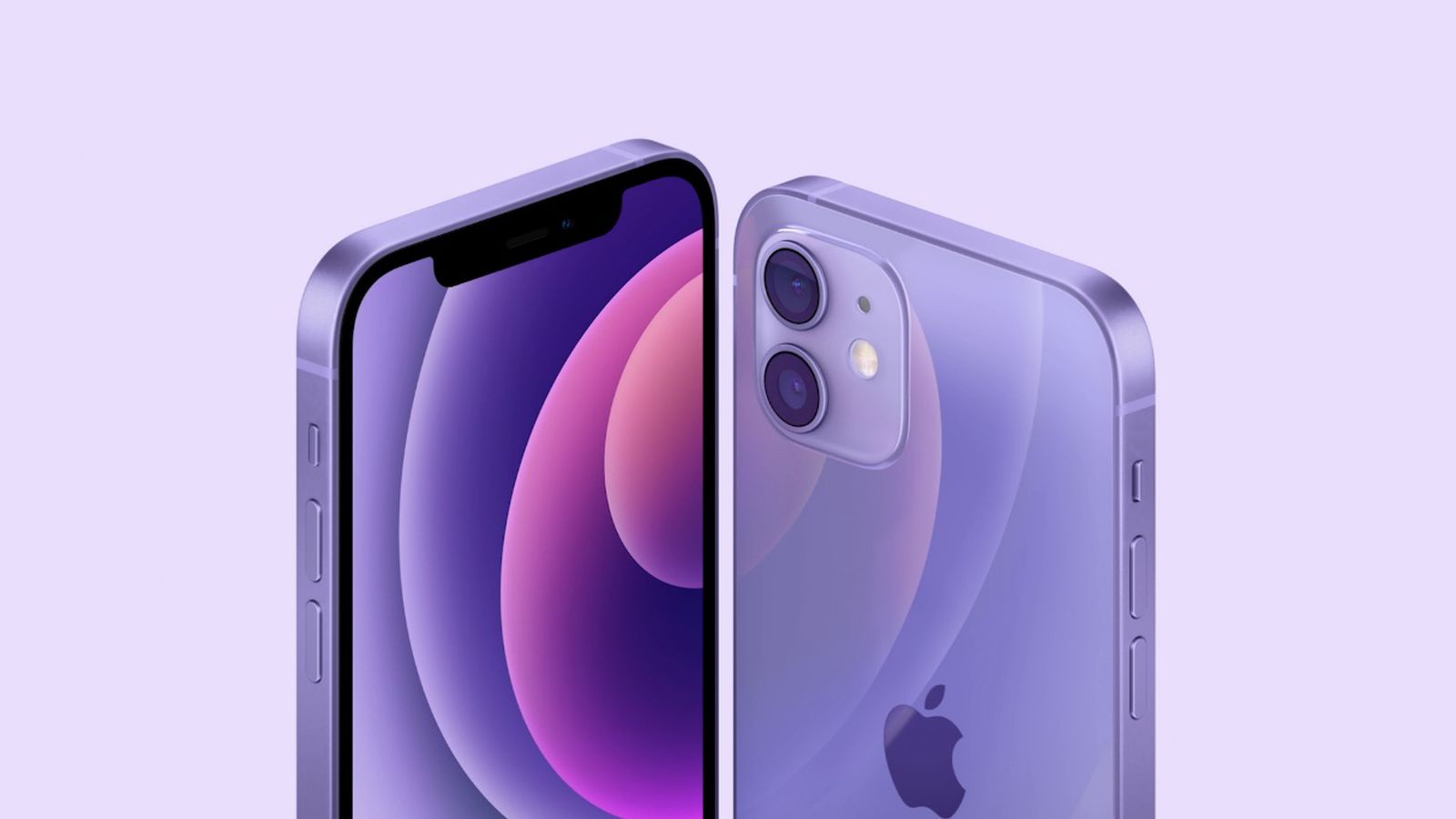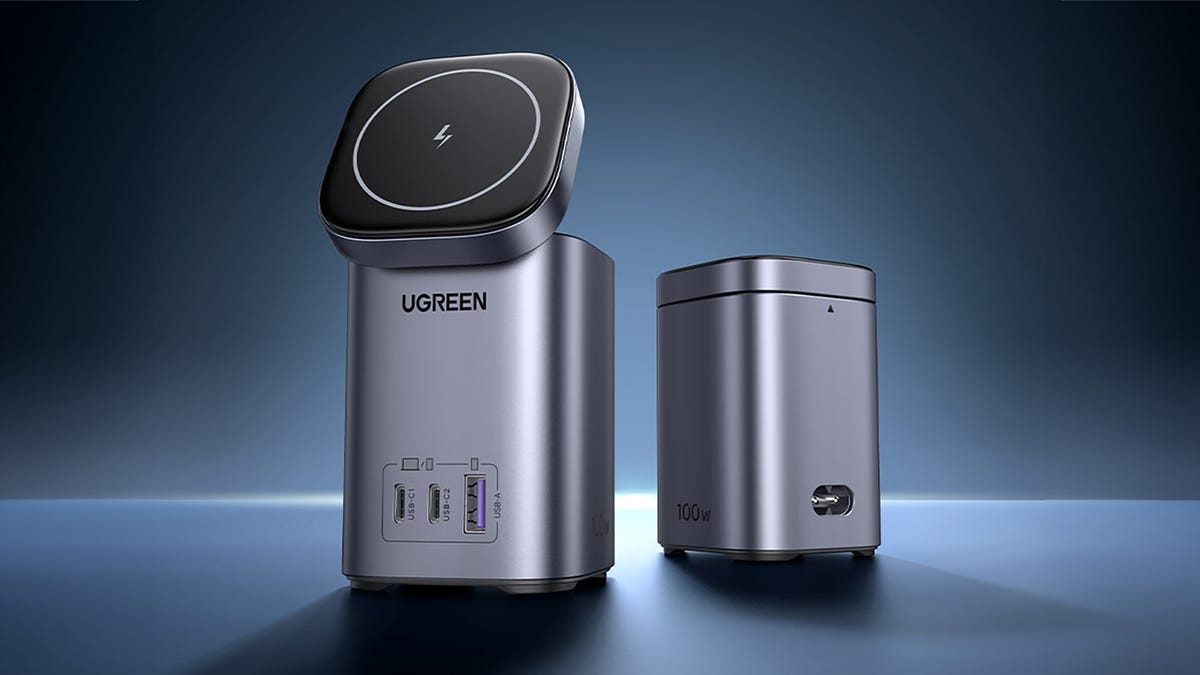Avoid swimming with your new iPhone 15, even if it claims to be waterproof.
Avoid swimming with your new iPhone 15, even if it claims to be waterproof.
The Evolution of Water Resistance in Smartphones: From Fear to Confidence
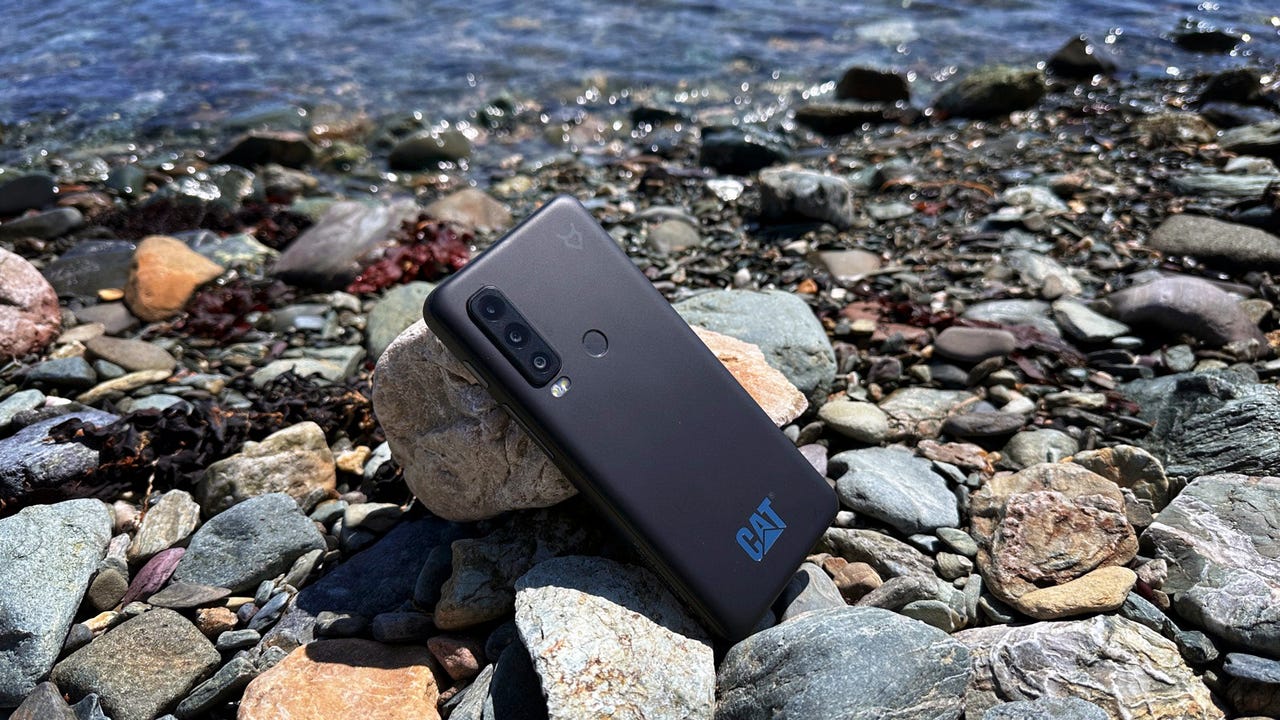
Smartphones have become an indispensable part of our lives. We carry them everywhere, exposing them to various elements, including one of their biggest enemies — water. Water has the potential to wreak havoc on electronic devices, causing irreparable damage. Even a single drop or a small amount of condensation can lead to electrical short circuits and corrosion that can destroy a device over time. But fear not, as smartphone manufacturers have risen to the challenge and developed devices that are “water resistant” or “waterproof” to keep our precious devices safe.
Traditional water damage is bad enough, but seawater takes the destructive power to a whole new level. Its salt content makes the short circuits more vicious, and corrosion can set in within hours. I’ve personally witnessed smartphones and action cameras reduced to oxidized brown sludge after exposure to seawater.
To alleviate our fears of being separated from our smartphones, manufacturers started making their devices water-resistant and waterproof. However, it’s important to have reassurance that the devices have been thoroughly tested and to understand their capabilities to avoid any unpleasant surprises.
This assurance is provided by the IP (Ingress Protection) rating, the most recognized standard for water and dustproofing. The IP rating consists of two digits — the first digit represents the level of protection against the ingress of foreign bodies such as dirt and dust, ranging from 0 (no protection) to 6 (dustproof). The second digit indicates the level of protection against moisture ingress, ranging from 0 (no protection) to 8 (resistant to extended immersion under higher pressure or at depths up to three meters).
For added protection, you may come across IP69K ratings, which not only indicate dustproofing but also resistance to high-pressure water jets and high-temperature spray downs. For example, Apple’s new iPhone 15 is rated IP68, meaning it can withstand being submerged to a maximum depth of six meters for up to 30 minutes. Other rugged devices like the Cat S75 and Blackview BV9800 hold IP68, IP69K, and MIL-STD-810H ratings.
Now, what does MIL-STD-810H mean? It is a U.S. Department of Defense test standard that subjects items to various environmental factors such as vibration, shock, extreme temperatures, humidity, and more. These rigorous tests ensure that a device can withstand harsh conditions and remain operational.
However, while these ratings provide a sense of security, caution is still necessary. Trust in the rating is an important factor to consider. Larger companies like Apple or Samsung, as well as reputable action camera manufacturers like GoPro and DJI, can generally be trusted when they claim their products have been tested to a certain standard. However, as you move down the line of manufacturers, trust may wane.
It’s crucial to remember that these ratings are based on tests conducted on brand new devices. Wear and tear, impact, and other forms of damage can compromise the seals and gaskets that provide water resistance. Additionally, hidden manufacturing or assembly defects can also lead to water infiltration.
Even if a device is rated as waterproof, there’s the question of who bears responsibility if water damage occurs. Reports vary on how companies handle water-related issues. Some users are granted free repairs or replacements, while others are directed to their warranty or insurance plans. This raises concerns about the reliability of the ratings and the consequences of failure.
Moreover, water, especially when combined with salt, sand, or dirt, can be harsh on ports and buttons. The presence of sand in a charging port can pose a nightmare to clean. Additionally, if a smartphone is dropped into water, it can be incredibly difficult to locate and retrieve, making recovery nearly impossible in certain scenarios.
Considering these factors, it’s understandable that major smartphone manufacturers do not promote their devices as underwater cameras during presentations. While water-resistant and waterproof technologies have made significant strides, they are mainly designed to protect against accidental exposure to water, rather than deep dives into aquatic environments. Factors like device wear and tear, the potential for hidden defects, manufacturer reputation, and the risk of damage to ports and buttons all add complexity to the equation.
Ultimately, the decision to take a smartphone underwater is a personal one. Some may take the risk and use their device underwater regularly. However, based on the downsides discussed, it is not a recommendation that can be made without caution.
In conclusion, the evolution of water resistance in smartphones has brought about significant advancements in protecting our devices from water damage. Manufacturers have tirelessly developed and tested their devices to ensure they can withstand exposure to water and even certain extreme conditions. While ratings like IP68, IP69K, and MIL-STD-810H provide a sense of assurance, it’s important to consider factors such as device integrity, manufacturing defects, and the accountability of manufacturers in case of water damage. To fully protect our beloved smartphones, it’s best to treat water resistance as a safety net against accidental exposure rather than a license for underwater adventures.
